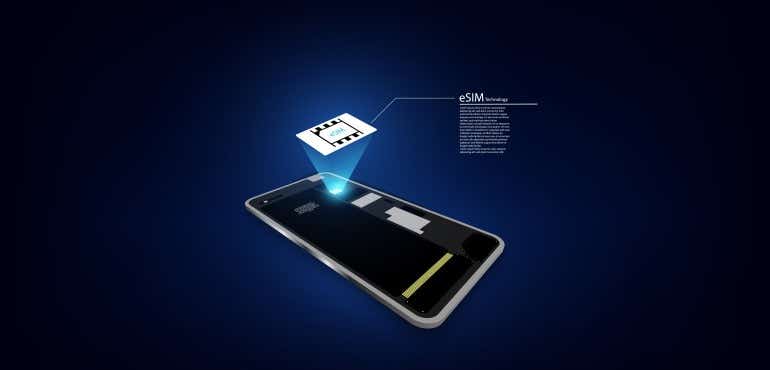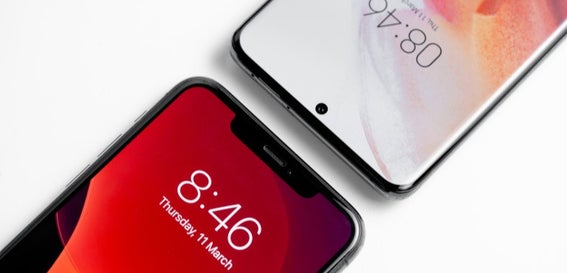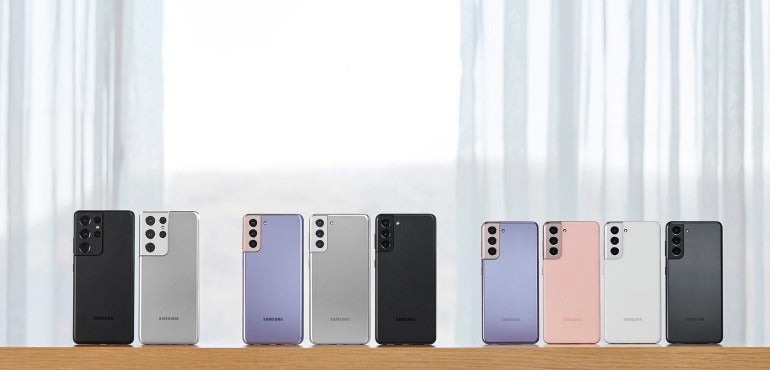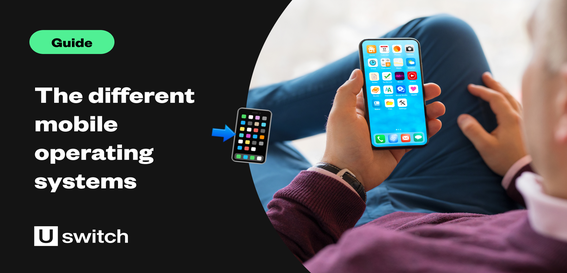Recent news that the iPhone 14 will be an eSIM-omly handset in the United States has sparked a lot of questions, particularly when we might expect to see the same thing in the UK.
Currently, eSIMs aren't too popular over here, but their availability is growing rapidly. And with Apple starting to phase out the physical SIM card on iPhone, it might become the main way we get our phone signal very soon.
Learn all about eSIMs with our guide.
What is an eSIM? How is it different from a SIM card?
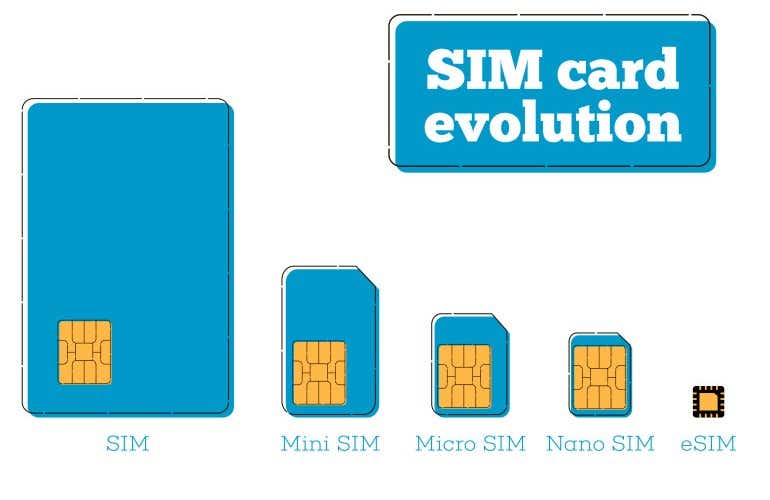
Simply put, an eSIM is an electronic SIM that removes the need for the physical SIM card that has slotted into phones and smartphones for decades.
Unlike existing SIM cards, an eSIM is a specific piece of code embedded into the device itself and cannot be removed and put in another phone or tablet.
Will eSIMs replace traditional SIM cards?
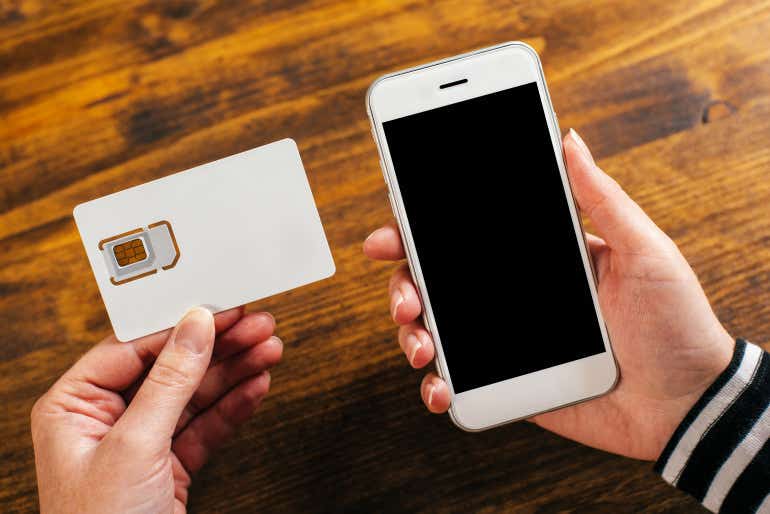
Eventually, yes. At the moment, eSIMs are being used as a second SIM card in a selection of top–end phones and tablets.
But as with so much in the smartphone world, features that are initially confined to pricier products quickly find their way into more affordable devices.
This means that within a few years, there will likely be no more SIM trays or standard SIM devices. We've already seen Apple make its iPhone 14 range completely eSIM in 2022.
Gary Waite, Head of eSIM Strategy at Sim Local, believes it's only a matter of time before eSIMs become the norm. He said, "We used to buy music on physical media (CDs and cassette tapes), but now we simply download it digitally. It’ll be exactly the same for SIM cards – eSIM is the digital equivalent.
"In the same way, it’s now possible to listen to just about any song in seconds by downloading it, the same will be true of getting your mobile phone connected to whatever network you want, no matter where you are or even what time it is.
"All the major mobile device manufacturers support eSIM in their products, and the GSMA, a trade association for mobile operators worldwide, predicts that by 2025, 35% of all smartphone network connections will be made via eSIM. It’s likely then, that by the end of the decade, SIM cards will be a thing of the past."
Which phones use eSIMs now?
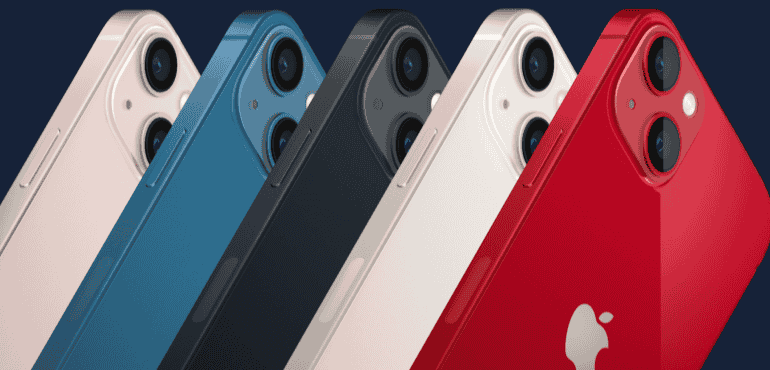
Currently, all of Apple’s latest iPhones - the iPhone 14 and iPhone 14 Pro both come with an eSIM, as well as a standard SIM card. Apple’s iPad and Apple Watch ranges also use eSIMs too when enable with celluar data.
There's a long list of Android phones that support eSIMs too:
- Samsung Galaxy Fold
- Samsung Galaxy Note20
- Samsung Galaxy Note20 Ultra
- Samsung Galaxy S22
- Samsung Galaxy S22+
- Samsung Galaxy S22 Ultra
- Samsung Galaxy S21 5G
- Samsung Galaxy S21+ 5G
- Samsung Galaxy S21 Ultra 5G
- Samsung Galaxy S20
- Samsung Galaxy S20+
- Samsung Galaxy S20 Ultra
- Samsung Galaxy Z Flip
- Samsung Galaxy Z Fold 2
- Samsung Galaxy Z Fold 3 5G
- Samsung Galaxy Z Flip 3 5G Fold
- Samsung Galaxy Z Flip 3 5G
- Google Pixel 6 Pro
- Google Pixel 6
- Google Pixel 5
- Google Pixel 4
- Google Pixel 4a
- Google Pixel 4 XL
- Google Pixel 3
- Google Pixel 3 XL
- Google Pixel 3a
- Google Pixel 3a XL
- Fairphone 4
- HONOR Magic 3
- HONOR Magic 3 Pro
- HONOR Magic 3 Pro+
- HONOR 50
- Huawei P40
- Huawei P40 Pro
- Huawei Mate 40 Pro
- Nuu X5
- Oppo Find X3 Pro
- Oppo Find X5
- Oppo Find X5 Pro
- Oppo Reno 5 A
- Oppo A55s
- Oppo Reno 6 Pro 5G
- Rakuten Mini
- Rakuten Big‑S
- Rakuten Big
- Sharp AQUOS sense4 lite
- Sony Xperia 10 III Lite
- Vivo X80
What do eSIMs mean for switching network?

This is perhaps the key advantage of eSIMs. As it stands switching networks can be fiddly and time-consuming, but eSIMs look set to change all that.
Because they are 'rewritable', you can essentially change networks as you please if your carrier supports the tech.
Best of all, you can store more than one plan on a smartphone's eSIM (although you can only use one at a time), so you can chop and change depending on where you are in the world.
The hope is that eSIMs will make switching seamless, without the usual fuss of phone calls, demands for PAC numbers and waiting for the switch to take place.
EE is offering dedicated QR codes which can be scanned to activate eSIM–based accounts.
Head of eSIM Strategy at Sim Local, Gary Waite, said: "Switching networks today means having to get hold of a new SIM card, either by visiting a retail shop or waiting for one to arrive in the post. Then, it means physically removing the old SIM card from the device (and locating that special tool or bending out a paperclip) then inserting the new one - hoping the new SIM card is the right size for the device! All these steps are tedious enough to put many people off switching networks at all.
"eSIM turns all of the above into a few simple menu taps. And whilst phones can typically only hold one SIM card, an eSIM-enabled phone can hold several eSIM plans at the same time, with the user easily able to switch between them.
"Some networks were worried about the advent of eSIM because they felt that churn would rise as a result of the ease of switching. As a matter of fact, customers who look to switch to eSIMs will still need to adhere to pre-pay and post-pay contracts.
"One key benefit for the consumer with eSIM is when they travel abroad. They can now download a local SIM plan after they arrive at their destination (or even before they get on the plane). As nearly all eSIM-enabled phones also support dual-SIM technology, they can benefit from low cost data and still receive calls from their friends and family on their home number."
Which networks support eSIMs?
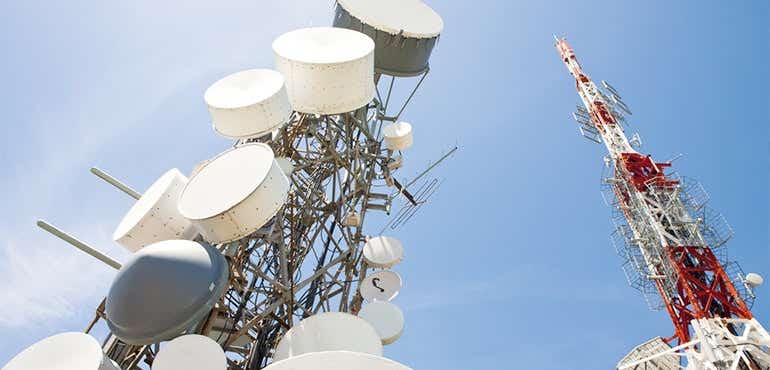
Major UK networks like EE, O2 (VMO2), Vodafone and Three all support eSIMs in some format – although Vodafone's eSIM efforts are still limited to iPad and Apple Watch contracts.
What are the other advantages that eSIMs offer?
In terms of current devices, the biggest draw of eSIMs is being able to quickly add a second telephone number to go alongside that's attached to your main SIM card.
That means that you can have two phone numbers on a single device, which is very handy if you have separate business and personal lines but don’t want to lug around a second phone all the time.
Then there’s the added bonus for travellers. While cheap roaming is becoming increasingly prevalent, often it pays to have a local number if you’re in a different location for a longer period of time.
eSIMs mean you can activate a local line on your device without having to go to a local provider and arrange a price plan.
If your eSIM uses a different network to your standard SIM, you can easily switch between the two. This is especially useful if data coverage is poor on one but not the other.
On the latest iPhones, you can assign one SIM as the primary line for services like FaceTime and iMessage, while using the other as a secondary SIM for basics such as calls.
From a design perspective, eSIMs also mean that phones should become even slimmer, with no need for a SIM tray.
The chips themselves are much smaller than the cards currently used in most phones, leaving mobile manufacturers space to either trim the size of handsets or add other essentials, such as larger batteries.
As you might expect, Gary Waite of Sim Local sees lots of benefits to eSIMs. According to him, "The SIM card, although it has progressively shrunk in size over the years (mini-SIM to micro-SIM to nano-SIM) is still quite a large component in a mobile device – too large for smaller devices like smartwatches and other wearables. eSIM reduces the hardware requirement down to a chip less than 2mm, therefore opening the door to a whole new range of small device form factors.
"Even in smartphones, real-estate inside the device is incredibly valuable, and the space taken up by the SIM card can be used for other purposes, including a bigger battery. Many will remember Apple ditching the headphone socket in the iPhone 7 for that very reason. Therefore, removal of the SIM tray brings new opportunity space, not to mention the additional advantage of device waterproofing.
"It’s not just consumer devices that benefit either, eSIM solves many problems in the world of IoT (Internet of Things). Consider a smart meter manufacturer, deploying millions of electricity meters across the country. Today, each of these units will have a SIM card, meaning that if a network change is required, an engineer will have to visit each meter to swap out the SIM card – logistically complex and expensive. eSIM allows a wholesale change of network across the entire meter estate, should that be required, at the touch of a button.
"In addition to getting customers connected much quicker and easier, there are further benefits for the networks too – the logistic costs of SIM cards, including warehousing and postage, which far outweigh the cost of the SIM card itself – all but disappear. eSIM allows networks to digitally distribute eSIM plans to customers no matter where they are.
"Finally, we should not forget the environmental benefits of eSIM – today, more than 6 billion SIM cards are produced every year – that’s a great deal of plastic and potentially harmful chemicals going to landfill. eSIM will remove this completely."
Not got an eSIM phone yet, but need some help switching network anyway?
We've got you covered. Head to our one-stop guide to switching network for simple-to-follow advice.
Alternatively, input your details on our handy switching tool below and we'll walk you through the process step by step.
